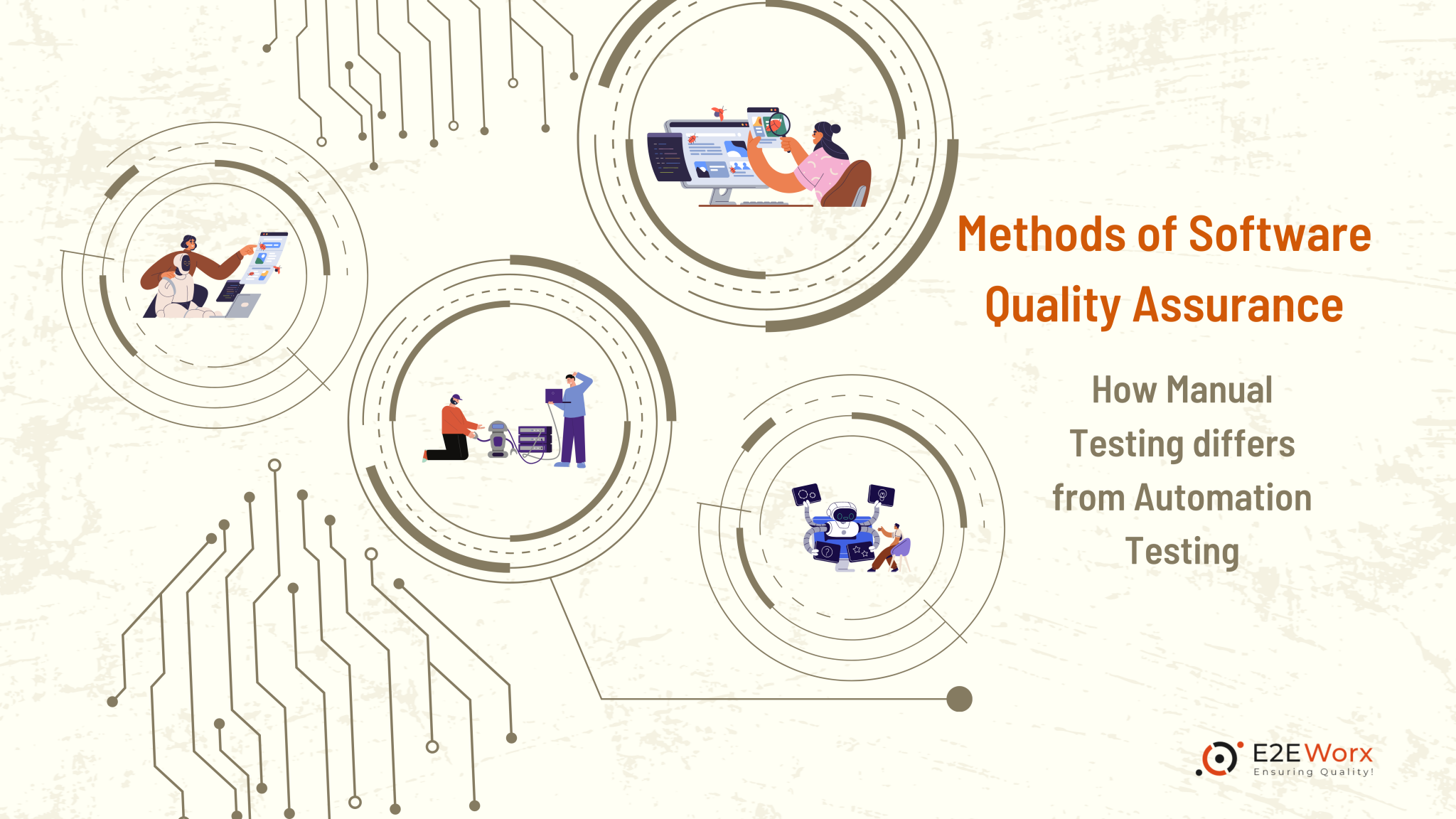- Istikhar Ali
- 2 Comments.
- SQA
Software Quality Assurance is a necessary part of the Software Development Life Cycle (SDLC). It’s a procedure that ensures the application’s functionality, usability, reliability, security, and other quality standards. Regardless, when Software Quality Assurance is concerned, only two approaches hits our mind, Manual Testing and Automation Testing. Yet, multiple methods fall under these two Quality Assurance techniques.

Quality Assurance concerns both human measures and automated techniques. Even so, all the approaches enable secure developers’ code while checking its functionality. Besides, make sure that any changes that have been made to any application by the dev team are working accurately or not.
Unfortunately, even the senior Quality Assurance Testers sometimes fail to distinguish the testing styles. Perfection in the Quality Assurance profession demands knowledge and a clear understanding. QA testers should have a clear concept of which specific test case needs which testing method to avoid errors. Since not every testing technique is the same and supports the same procedure.
Considering this, it is necessary to understand how all the testing methods differentiate and which QA testing method supports a particular testing technique.
Types of Software Quality Assurance Testing
Software Quality Assurance Testers frequently encounter a variety of testing techniques. Some of those they’ve utilized, and some they’ve heard around. Although, high-level testing is differentiated into Manual testing and Automation testing. Despite this, when we dig deeper many testing methods come under these two main approaches.
Manual Vs Automation Testing
Let’s explore the essential differences between manual and automation testing With the Help Of E2EWorx Software Quality Assurance Company In Lahore
What is manual Software Quality Assurance testing, and how it works?
Manual testing is a human validation of a specific software application accomplished by a QA tester. It supports testing any software application through user perception while analyzing and highlighting all the featural bugs and defects without using any QA tools.
Manual testing demands a deep understanding of a tester regarding each functional and non-functional factor of an application. A tester is required to be highly engaged in each process, from test case creation to execution and so on to implementation and maintenance.
In manual testing, a tester uses their experience, instinct, and assessment to evaluate the results and then reports issues or bugs to the development team. Several testing methods fall under manual testing.
- Black-Box Testing
- White-Box Testing
- Unit Testing
- Integration Testing
- System Testing
- Usability Testing
- User Acceptance Testing
- Acceptance
- Regression
- Sanity
What is Automation testing, and how it works?
Automation testing involves automation tools and scripts to reduce testing efforts. It helps the testers to operate more test cases. Besides, increase the testing efficiency.
In automation testing, test scripts are a series of codes or instructions that needs to be performed on a specific platform according to their syntax.
Automation testing authorizes the tester to execute the test cases and compares the expected results with the actual ones. Any defaults, errors, or suggestions are then reported to the development team. Several testing methods fall under Automation testing.
- Functional Testing
- Unit Testing
- Integration Testing
- Smoke Testing
- Performance Testing
- Regression Testing
- Keyword-Driven Testing
- System Testing
Main Contrasts
The central contrasts between manual and automation testing are:
- Speed
Manual is much more time-consuming as compared to automation. Since automation testing executes a large number of test cases quickly and efficiently.
- Accuracy
Manual testing demands human experience based on skills. While automation testing is less prone to human error which makes it more accurate and efficient.
- Cost
Although, automation testing requires an initial investment in software tools and scripts. Yet, it’s more practical as it helps in the long run.
- Human Interaction
Automation testing doesn’t involve much human interaction which can be both a strength and a weakness. While human testers can provide feedback and understandings that are difficult to automate. This makes manual testing efficient as it can introduce errors and inconsistencies.
- Flexibility
A human tester can quickly adjust their approach based on changing requirements or unexpected issues. This makes Manual testing more flexible and adaptable than automation testing. While Automation testing requires careful planning and scripting to ensure it can handle different scenarios or not.
After analyzing the distinctions, we can say that Software quality assurance Services involves considerable services that help to test software applications. All the methods have their objectives that individually assure the applications’ quality. We’ll have a detailed discussion on each manual and automation technique in the coming blogs.
Conclusion
Beyond any doubt, Quality assurance itself is a big task. It involves multiple procedures that support applications’ quality standards while considering the end-users requirements. Choosing any method absolutely depends on the project’s intensity and requirements.
A skilled QA team can automatically detect the best approach that should be used for a specific quality assurance project. Experience and detailed understanding can help it.
In the climax, we can say that both manual and automation testing have their strengths and weaknesses, and the choice between them depends on the specific needs of the project, the available resources, and the testing objectives.



Software Quality Assurance Manual Or Automation Testing - Which Is More Better?
March 24, 2023[…] Visit: Software Quality Assurance – How Manual Testing differs from Automation Testing […]
Software Quality Assurance Tools and Techniques - E2EWorx
March 29, 2023[…] Visit: Software Quality Assurance: Manual Vs Automated Testing – E2EWorx […]